The new European law could cause problems for some of the most popular eMTBs of the last few months
Electric bicycles are starting to become a problem, both because of the behavior of some users and the power of some eMTBs that practically turn them into motorcycles that leave their mark on the terrain and endanger those who travel on the roads. As is often the case in these situations, rumors are starting to circulate about a tightening of the European law that regulates the specifications of electrically assisted bicycles or EPAC.
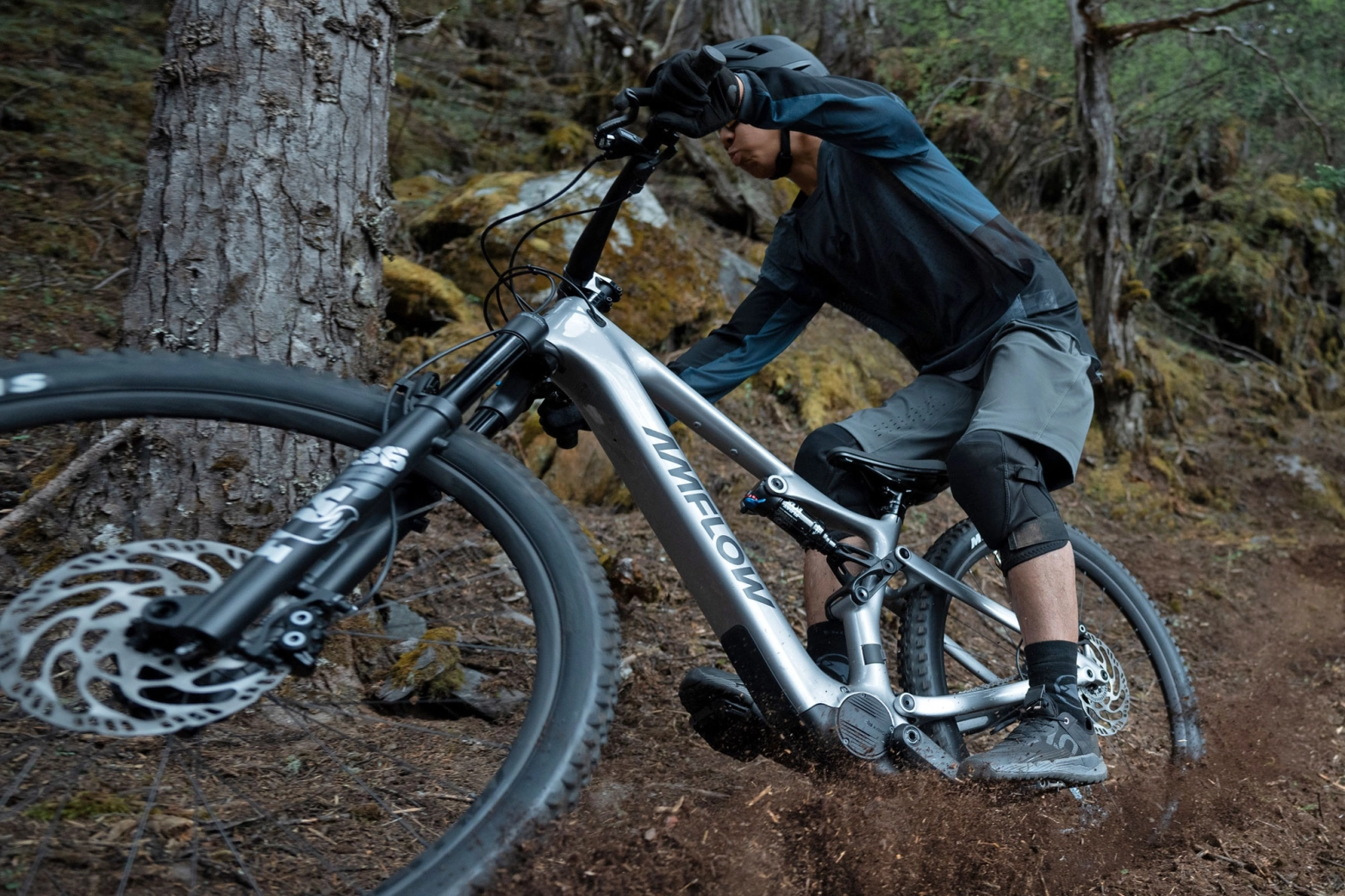
Europe could limit the maximum power of e-bike motors
In addition to the problems that have given electrically assisted bicycles a bad reputation, such as battery fires or tampering that allows them to exceed the 25 km/h limit established by regulations for motor assistance, now we also have issues caused by increasingly powerful eMTB motors that turn these bikes into off-road motorcycles that visibly damage the terrain and pose a significant risk to mountain travelers.
Obviously, the problem is not the bikes themselves but the negligent use that certain users make of these eMTBs, just as we find delivery riders in the city who modify their bikes to go faster or use non-compliant batteries, or those who ignore traffic rules because it seems that anything goes with a bike.
RECOMENDADO
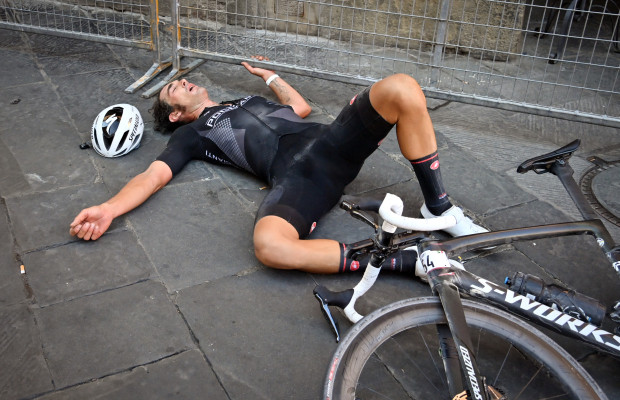
How many days should a cyclist rest per week?
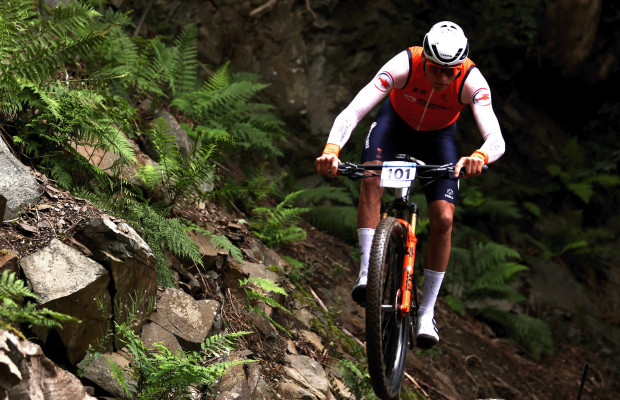
Some reasons to stay away from the road in winter
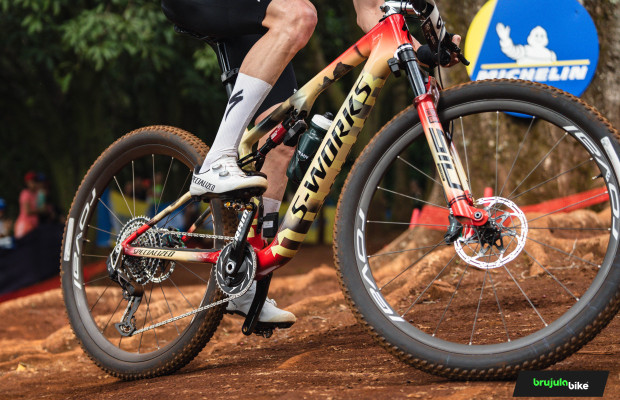
S-Works: what does it really mean and where does Specialized's most exclusive label come from?
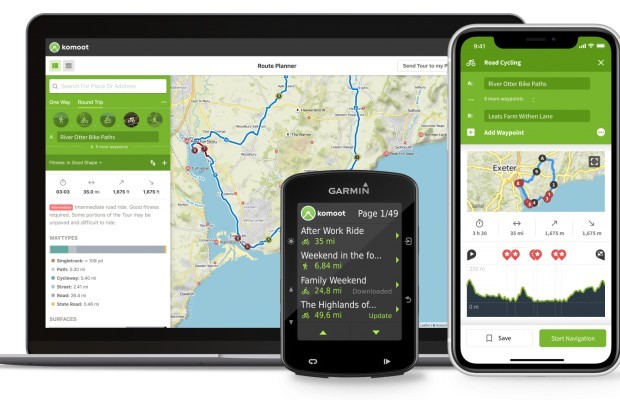
The best apps for cycling and mountain biking
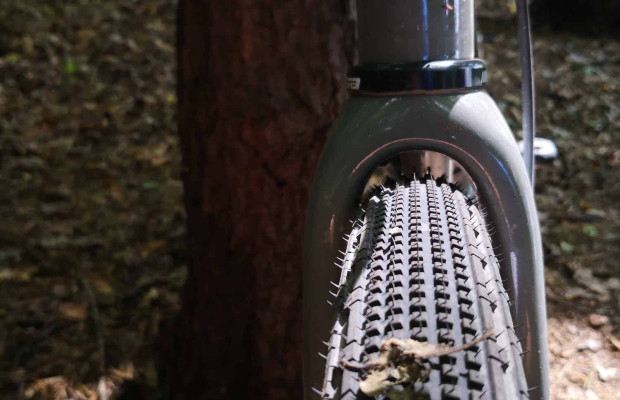
Why wider tires in gravel are faster
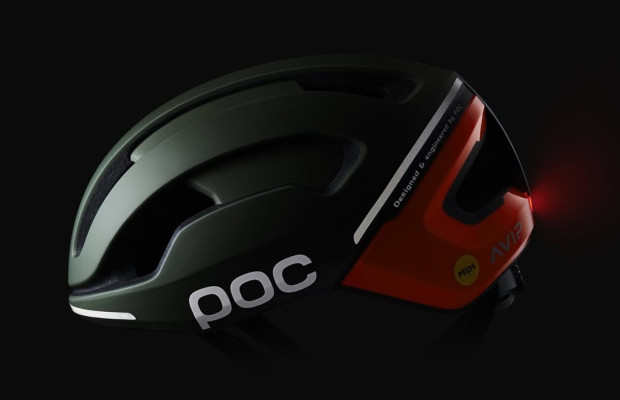
Black Friday 2025 cycling bargains: save on Garmin, POC, Maxxis and more
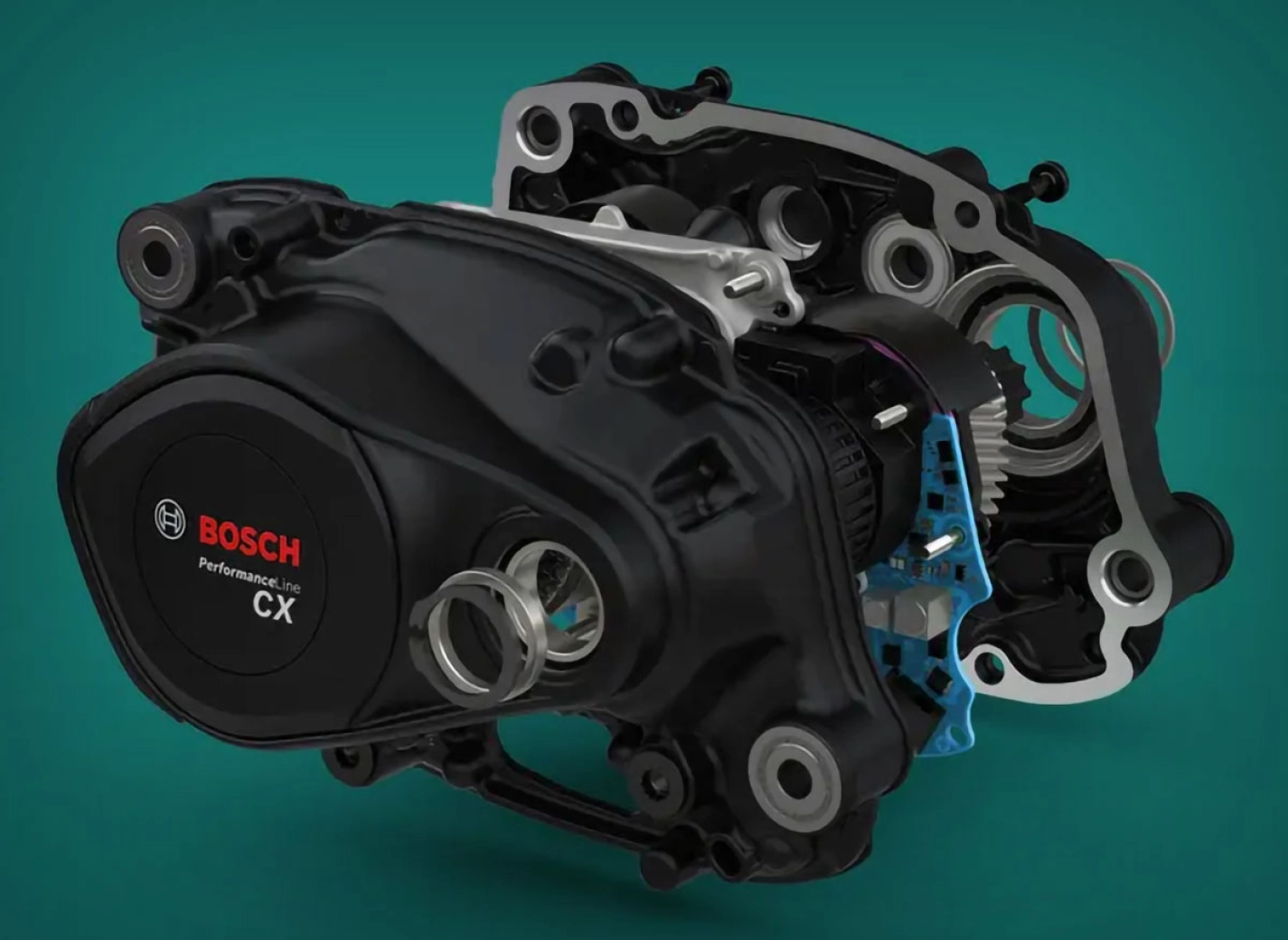
Aware of the growing problem, European authorities seem to be working on reforming the legislation that establishes the characteristics that electrically assisted bicycles must comply with, as reported by the well-known British website Mountain Bike Rider.
According to reports from that source, the European Union is considering limiting the maximum power that motors can provide to 750 W, as well as ensuring that the maximum ratio between the power provided by the cyclist and the motor assistance cannot exceed 1:4. This would put an end to bikes that only have a cadence sensor that activates the motor to the maximum as soon as movement is detected in the cranks, and would require the cyclist to put in more effort to reach the maximum potential that the motor can offer.

This would limit some of the most desired motor models in current eMTBs, such as the DJI Avinox, capable of providing up to 1,000 W of maximum power, which would have to reduce their performance or, on the contrary, be registered as mopeds. DJI explains that, in case the regulations are tightened, "We closely monitor EU regulations and are committed to complying with the established guidelines. We also commit to providing support to our users in the face of any regulatory changes that may affect our products. In the event of such circumstances, we will ensure that our users have access to the necessary resources and guidance to adapt the products they have purchased."
That this change in regulations could occur soon can be seen in cases like the 5th generation of the Bosch CX motor, whose launch is planned for this summer and will increase its performance in terms of torque, up to 100 Nm, but on the other hand, its maximum power will be, can you guess?, 750 W.